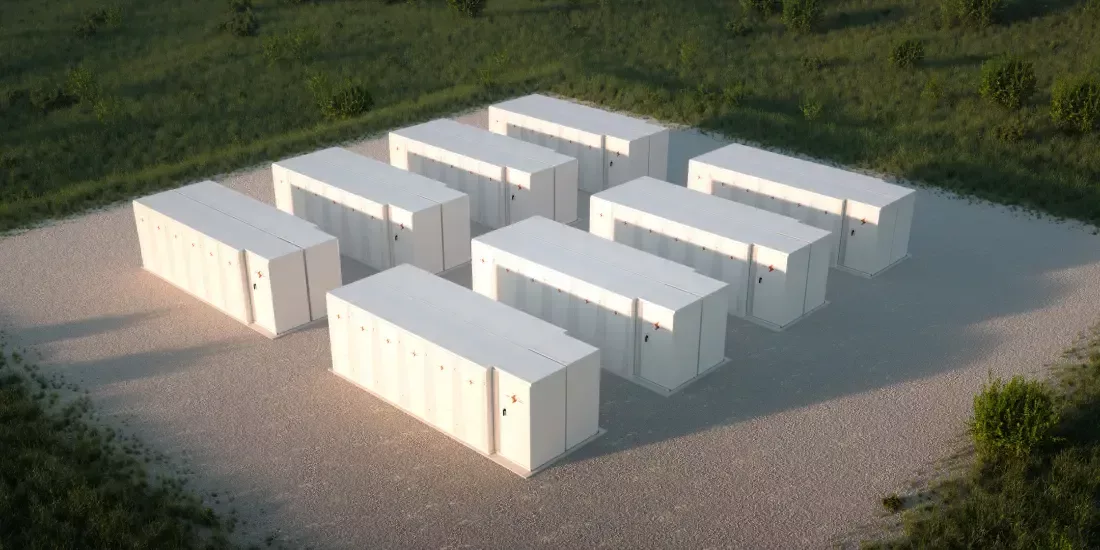Are Iron-Air Batteries a Viable Lithium Replacement?

With the surge in popularity and demand of EVs, supply shortages have been present throughout the world. Not only this, but the extraction of lithium is often linked with environmental concerns. The paradox of lithium is that it is widely used for low carbon technologies but its production necessitates pollution. One of the solutions is to look for alternatives, which is where iron-air batteries come in.
Iron-air batteries work by converting oxygen to rust and back again. As iron is an incredibly abundant material found throughout the world, its production is not dependent on a small number of countries. What’s more, these batteries are ten times as cheap as lithium ones and have the potential to last longer. They’re also less of a flammable risk.
The production of iron-air batteries is due to begin in America from 2024 from Form Energy, which came from MIT. According to their research, however, these batteries cannot be used in laptops or smartphones. They are also slow to charge and discharge, which would make smaller gadgets impractical to use by modern standards.
In terms of storage power for the national grid, they are a brilliant alternative to lithium as they can provide 100 hours of storage, which far outcompetes lithium’s 6 hours. The potential is there to provide the grid with the capacity to integrate large scale renewable energy projects. With mass usage throughout countries worldwide, lithium demand could fall significantly.
Form Energy predicts the cost of iron-air batteries to be as low as $20/kWh capacity. Lithium-ion batteries, on the other hand, are still at a high of $200/kWh. Despite these huge savings, they come at additional costs beyond the financial. Although the technology cannot be integrated into small gadgets, iron-air batteries are also unsuitable for EVs as they are much heavier. Due to the slow nature of charging and discharging, EVs wouldn’t be able to charge very quickly either. This makes them unfeasible for spikes in demand.
At a grid level, however, they can offer a viable, scalable solution for energy storage. Typically the size of a washing machine, iron-air batteries contain around 50 cells and an electrolyte. As the energy transition process is slow, it means the batteries have great longevity. While peak demand cannot be compensated, iron-air batteries would need to be supplemented with lithium-ion batteries.
In terms of mining, iron doesn’t require such ludicrous amounts of water. One tonne of lithium requires 500,000 litres of water, which then has the issue of contaminating reservoirs and causing health problems with the local population. As a mass storage solution, iron-air batteries have the potential to bridge the gap between energy reserves and energy storage, supplementing how ineffective lithium-ion can be.
When it comes to a full lithium replacement, however, iron falls short based on its weight, the size of batteries and the slow charging times. The world isn’t prepared to take a step back to bulkier technology that operates much slower. With lithium, alternatives need to be considered, such as the potential to extract it from seawater, or the world will become more heavily polluted even as we try to make it greener.
While iron may not be able to replace lithium, you can still make use of existing technology to help save on your bills. Find out how much a solar battery will cost you by clicking on the button below.
